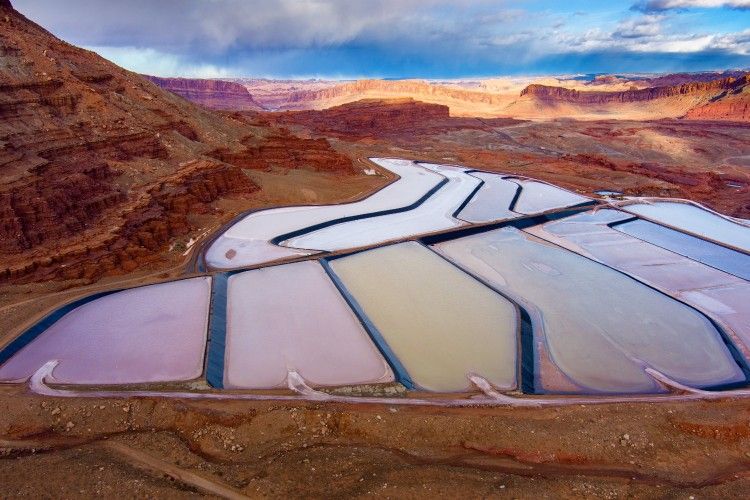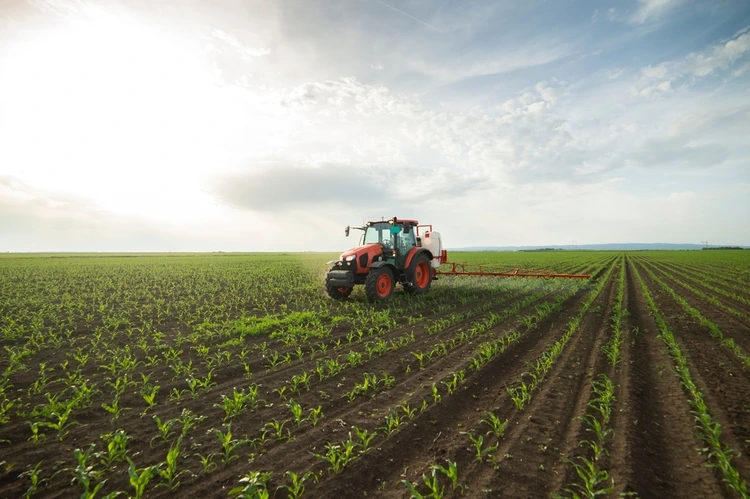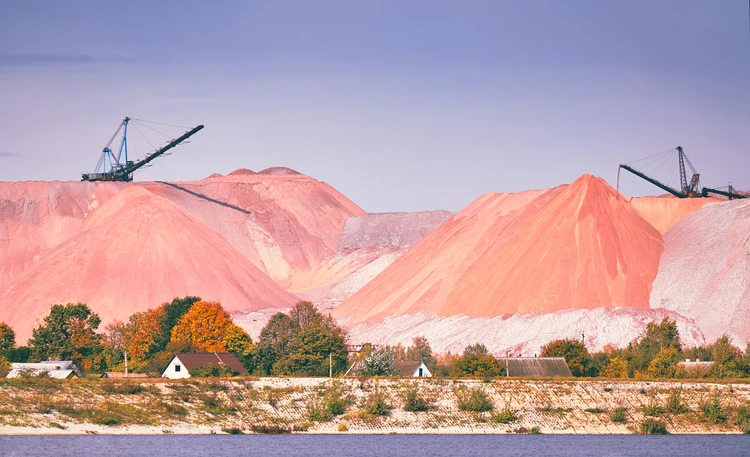
Discover more about potash: the mighty group of minerals and chemicals supporting food production across the planet
By
The world’s population is growing. This is an undeniable fact – estimates suggest by 2030, there will be 8.6 billion of us on the planet. By 2050, that figure will rise to 9.8 billion – and at the end of the century, around 11.2 billion individuals will call Earth their home.
With an ever-growing planet also comes another fact: there are far more mouths to feed. Increasingly, the global population relies on food sourced from animal products, sugar and vegetable oils: all of which place greater demand on crop production.
There’s one small, but mighty, group of minerals that helps play a role in ensuring this food production occurs – and that’s potash. Unsurprisingly, with the planet’s increasing population, it’s estimated that demand for potash could double by 2040, holding a market value of $50 billion USD.
So, where exactly does potash come from? What is it, and how exactly is it produced?
Enjoying this article? Check out our related reads:
What is potash?
Potash is a name given to a group of chemicals and minerals that contain potassium, one of three essential nutrients (along with nitrogen and phosphorus) required by plants in order to grow.
The most common type of potassium fertiliser is potassium chloride, and around 55 megatons of it is applied each year across the world’s crop fields. That’s equivalent to approximately 7kg for each person on the planet.

Without potash, crops could succumb to a plethora of issues, ranging from decreased resistance to drought and disease, to a poor yield of seed, fruit or grain. Potash also plays a pivotal role in replenishing any potassium that soil has lost through plant harvesting and animal grazing.
While potash’s primary use is for fertiliser, it also has applications in the production of detergents, ceramics and water conditioners, as well as within the pharmaceutical industry.
Where does potash come from?
The majority of the world’s potash is produced in Canada (approximately 32.4 per cent of global supply), where large deposits of the fertiliser can be found in the provinces of New Brunswick and Saskatchewan.
In total, Canada’s potash reserves hold a sizeable 1.1 billion tonnes of the fertiliser. Other major countries involved in potash production include Russia (18.6 per cent), Belarus (14.9 per cent), China (9.3 per cent) and Israel (5.4 per cent).

Canada also holds top spot for total exports of potash, shipping vast quantities of the fertiliser – around 22.8 million tonnes back in 2023 – to major nations. These include the United States (46 per cent), Brazil (19 per cent) and China (8 per cent).
The UK is home to one potash mine, the Boulby Mine, in North Yorkshire, where most of its production heads to France.
How is it produced?
There are two key ways in which potash can be mined: either via underground or solution mining. Underground mining occurs through the extraction of ore buried deep underneath rocks, while solution mining involves injecting water into ores, then removing the brine that comes out.
Although mining potash is beneficial for food security, it can cause severe environmental damage to the areas where it is carried out. That’s because for every tonne of potassium extracted, approximately three tonnes of mine waste is produced: the majority of which is salt. This waste is left to build up in what is dubbed as ‘salt mountains’ – large piles that can be washed into rivers when rainfall occurs, causing major ecological damage.
According to one study headed by Perm State National Research University, the practice of potash mining can lead to a decrease in species richness and impact the viability of aquatic fauna, thanks to the presence of these salt mountains.
Earlier this year, the ecological impacts of potash mining also made headlines after Toronto-based company Brazil Potash Corp. announced plans to mine in a part of the Amazon home to the Indigenous Mura people. Those against the project highlighted the ethical implications of exposing the tribe to dangerous pollution, caused by chemicals used in the mining process leaching into groundwater.
Additionally, mining for potash uses a sizeable quantity of water, potentially draining valuable sources above ground. For areas already water-scarce, such as Canada’s Prairie Provinces, this impact is particularly profound.




